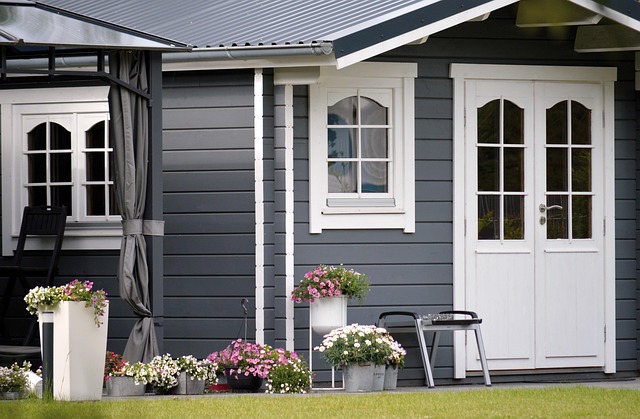Enhancing Outdoor Living: The Benefits of Awnings and Overhangs
Awnings and overhangs are versatile additions to any home, offering both functionality and aesthetic appeal. These outdoor structures provide shade, protection from the elements, and can significantly enhance the usability of your outdoor spaces. Whether you're looking to create a cozy patio retreat or reduce energy costs, awnings and overhangs offer a range of benefits for homeowners.

What types of awnings are available for residential use?
There are several types of awnings suitable for residential applications. Fixed awnings are permanent structures that provide consistent shade and protection. Retractable awnings can be extended or retracted as needed, offering more versatility. Freestanding awnings, like pergolas with fabric covers, can be placed anywhere in your yard to create shaded areas. Materials range from traditional canvas to modern, weather-resistant fabrics, allowing homeowners to choose options that best suit their climate and aesthetic preferences.
How can overhangs enhance home exteriors?
Overhangs are architectural elements that extend beyond the exterior walls of a house. They not only add visual interest to your home’s facade but also serve practical purposes. By shielding windows and doors from direct sunlight and precipitation, overhangs can help regulate indoor temperatures and protect your home’s exterior from weather-related wear. Well-designed overhangs can also create sheltered entryways, making it more comfortable for residents and guests to enter and exit the home during inclement weather.
What are the energy-saving benefits of awnings and overhangs?
Installing awnings or overhangs can lead to significant energy savings for homeowners. By blocking direct sunlight from entering windows, these structures reduce the amount of heat gain inside the home. This can result in lower cooling costs during hot summer months, as your air conditioning system won’t have to work as hard to maintain comfortable indoor temperatures. Some studies have shown that awnings can reduce solar heat gain by up to 65% on south-facing windows and 77% on west-facing windows, potentially leading to substantial reductions in energy bills.
How do you choose the right awning or overhang for your home?
Selecting the appropriate awning or overhang for your home involves considering several factors. First, assess your specific needs – are you primarily looking for shade, weather protection, or aesthetic enhancement? Consider the architectural style of your home to ensure the awning or overhang complements its design. Climate is another crucial factor; regions with heavy snow or strong winds may require more durable materials or specific designs. Finally, think about maintenance requirements and your budget when making your selection.
What maintenance is required for awnings and overhangs?
Proper maintenance is essential to ensure the longevity and functionality of your awnings or overhangs. Regular cleaning is important to prevent the buildup of dirt, mold, or mildew. For fabric awnings, gentle cleaning with mild soap and water, followed by thorough drying, is typically sufficient. Retractable awnings may require occasional lubrication of moving parts to ensure smooth operation. Overhangs should be inspected periodically for any signs of damage or wear, particularly after severe weather events. Addressing minor issues promptly can prevent more significant problems and extend the life of your outdoor structures.
By incorporating awnings or overhangs into your home’s exterior, you can create more comfortable outdoor living spaces, enhance your home’s appearance, and potentially reduce energy costs. These versatile structures offer a range of benefits that can significantly improve your overall home experience, making them a worthwhile consideration for many homeowners.






